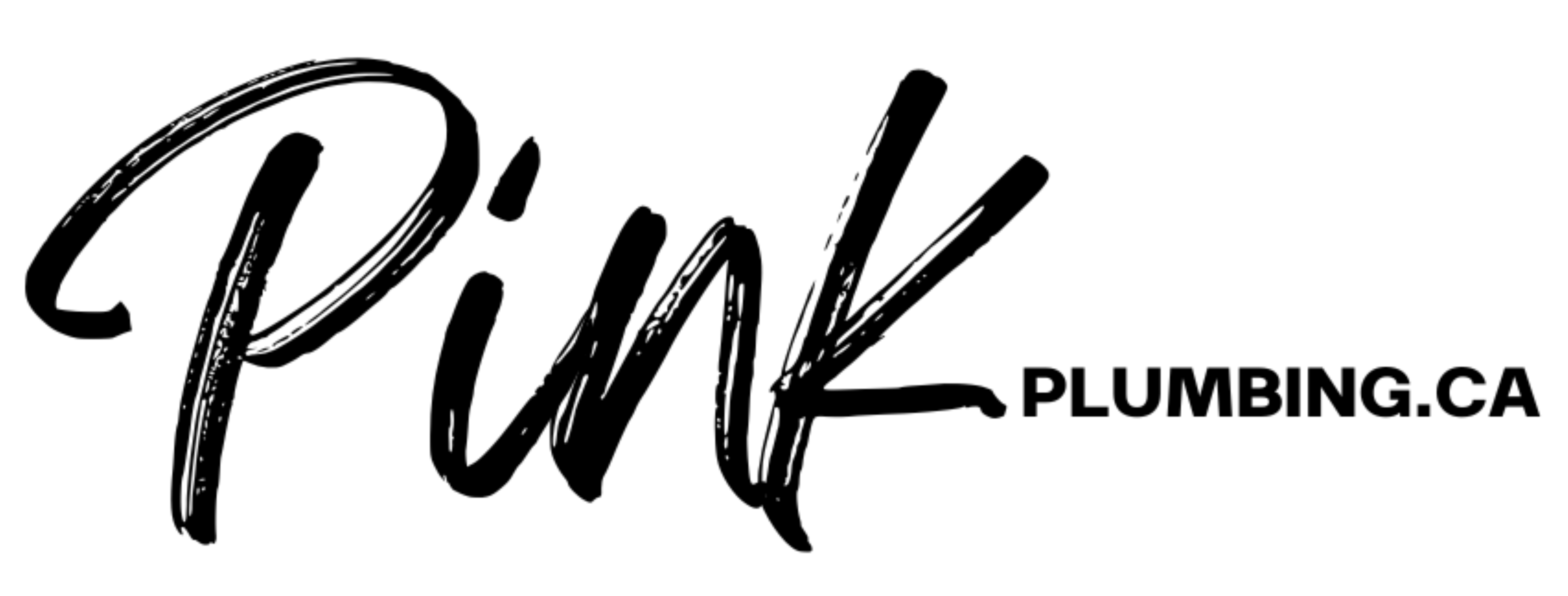The tankless water heater is an exciting, high-tech option for household and industrial water heating. It is extremely efficient compared to the traditional tank model because it heats water on-demand, as opposed to heating and storing water for use. This means the tankless unit will remain dormant until you turn on a hot water faucet or shower it’s connected to – this makes it energy efficient and – in theory – able to supply an infinite amount of hot water.
Tank models pull in cold water when they’re not full. A heating element, either electric or gas-powered, will be activated and the water is heated to an internal temperature defined by the unit’s proprietary thermostat, a temperature set by the homeowner or technician. When a hot water faucet is turned on in your home, hot water exits the tank and heads to where you need it. In the meantime, the water sits in the tank and is warmed constantly so as to remain at the temperature set by the thermostat. It will cycle between filling, heating, and storing – always on.
While the tank models are storing and heating, how do the tankless units work? Let’s take a closer look:
- The process begins when someone turns a hot water tap on. Water begins to flow through your home’s pipes and enters the water heater.
- As water begins moving through the unit, a flow sensor is activated: this alerts the water heater’s internal computer that it’s time to get to work.
- It equally makes sure the water is flowing at the right rate – too much or too little can indicate blockages in the piping and poses pressure risks. If the flow sensor notices something is off it can signal for a shut-off.
- The heater’s control panel kicks into gear: it turns on the heater and starts getting it to a preset temperature (set by you or your water heater technician).
- In an electric unit, power is supplied to a metal coil and the heating element begins to warm.
- In a propane or natural gas unit, the control panel alerts the venting system, which is composed of a fan and air duct combo. Outside air is pulled into the unit as the control panel alerts a gas valve to open. With fresh air and flammable gas circulating in the combustion chamber, the unit ignites a pilot light and the burner is activated, heating the exchanger with direct flame.
- These heating elements sit underneath a heat exchanger: cold water runs through a chamber where the pipes are exposed to heat. The water is superheated as it comes out the other end.
- In some models of tankless water heaters, a mixing valve is opened where cold water is introduced to the freshly-heated water, blending them to a preset temperature. Other models will heat the water to the preset temperature in the heat exchanger, omitting the need for an extra step. One benefit to mixing valves is that the heating element can be at a higher temperature and heat the cold water faster, resulting in less lag time between opening the tap and getting hot water.
- As the hot water is leaving the unit, a temperature sensor is the last check to ensure everything is up to par.
- If the water is too hot or too cold as it’s being shipped to the tap, the sensor will alert the control panel. The control panel can then send a signal to the heating exchanger and modify accordingly, adjusting the temperature, the mixing valve, the gas valve, and the flow valve.
- The venting system pulls exhaust gas out of the appliance and outside your home as it runs.
- Condensing units are a bit different – we’ll talk about those in a second.
- You now have hot water! In under 15 seconds (a lag time comparable to tank systems) you have gone from turning on the tap to your water heater instantly delivering hot water for as long as you need. No worries about running out of hot water as long as your tankless unit is chugging – enjoy that shower.
- When the tap is turned off, the flow sensor alerts the control panel and the heating elements switch off. In some units, air is pulled into the water heater to help cool the heat exchanger. At any point of this process the temperature sensor monitors any residual heat and if something’s up, it sends a message right back to the control panel and on most modern models, to your phone.
Condensing tankless water heaters
Brands like Navien offer condensing tankless systems, a water heater that uses two heat exchanges and a tiny “buffer tank” to increase the efficiency of the unit. In all tankless water heaters, condensation forms as a by-product of the heating process. This hot water vapor is usually vented to avoid corrosion of the pipes, but this heat loss is also a waste of warming potential. Condensing systems try to combat this inefficiency.
How does Navien’s condensing work?
- Much like a traditional tankless heater, a hot water tap is opened and cold water flows into the unit.
- A flow sensor activates, alerts the control panel, and determines the amount of water and heat that is needed.
- An igniter is turned on, the gas valve is opened, the fan and venting system begin cycling gas and air, and the premix burner ignites.
- Before the cold water passes through the primary heat exchanger (warmed by the premix burner), it is quickly preheated in the smaller, secondary heat exchanger. Water vapor will form in the unit, helping the heat exchangers warm the water.
- As the water vapor cools to around 40℃ and is no longer useful to the heating process, it is vented.
- The preheated water moves to the primary heat exchanger, where the flame is adjusted to match the desired temperature – importantly, this heat exchanger does not need to get as hot given the water is partly heated and hot water vapor is contained within the system. By trapping and reusing excess heat, the unit succeeds in putting out cooler exhaust gasses and collecting water condensation that could otherwise damage the internals.
- Water that has condensed (turned liquid) onto the unit’s surfaces will drip and be collected into the unit’s filtration and draining system.
- This water moves to a small buffer tank and leaves the unit at a rate determined by the tap and the internal computer.
Because of the design of the two heat exchangers, condensing units take advantage of exhaust water vapor that can be reused in the heating process. The second heat exchanger allows more heat to be transferred to the water and lowers the temperature of the exhaust gas. As a result, water vapor forms in the heat exchanger and keeps it hot, increasing the energy efficiency of the unit.
Condensing models can be made of a wider range of materials like PVC given that the exhaust is significantly cooler than in non-condensing models. Non-condensing units need to be made out of expensive, corrosion-resistant materials that can vent extremely hot water vapor and handle the acidic residue of hard water steam. Condensing units don’t: this can make condensing systems more cost-effective on top of the increased efficiency.
Because of the way tankless water heaters operate, they have a few unique characteristics that are important to keep in mind if thinking of purchasing one.
- Flow sensitive
- Because the unit essentially operates like a single one-way pipe, tankless water heaters are sensitive to flow changes in your home’s plumbing. A flow monitor ensures the rate of water entering the unit is within a specified boundary: too much water could strain the heat exchanger and too little could signal a blockage somewhere down the line. In order to avoid putting undue strain on the machine and wearing it out prematurely, the flow monitor can signal for the unit to be shut off and stop heating if it notices something is off flow-wise.
- Because of this sensitivity to water flow rates, lime scale buildups and sediment in your home’s plumbing system can affect your water heating more with a tankless unit. Regular descaling of your home’s plumbing is just as important as descaling the machine itself.
- Power-dependent
- Because there is no reserve tank of water, tankless systems actively require fuel and power every time water is demanded. As such, in a power outage you would not have access to hot water. For those who experience power outages or power their homes with proprietary energy sources (like small-use solar arrays or household generators for cabins and remote homes), tankless systems may pose an issue in accessibility.
- Safer design
- One of the main perks of a tankless unit is how safe they are when compared to the traditional alternative: tank units are subject to intense amounts of pressure. Lime scale build up and oxidation can degrade components of the machine, partially-blocking pipes or compromising the integrity of the tank. If this happens, your unit will leak if you’re lucky – if you’re not, you can risk flooding and even pressure explosions.
- Conversely, in a tankless system the water is continuously moving through the unit. The risk of pressure buildups are caught ahead of time by the flow sensor and control panel – furthermore, with no reserve tank of water, the risk of an explosion is practically nonexistent. For many, the safety benefits of a tankless water heater are a big selling point.
- Modern tankless units are often equipped with WiFi connectivity: tools like Navien’s NaviLink™ module will alert homeowners via an app interface if any changes or malfunctions arise in the unit. With remote shut-off and adjustment capabilities, homeowners can be instantly notified and handle any issues that may arise anywhere they have an internet connection.



